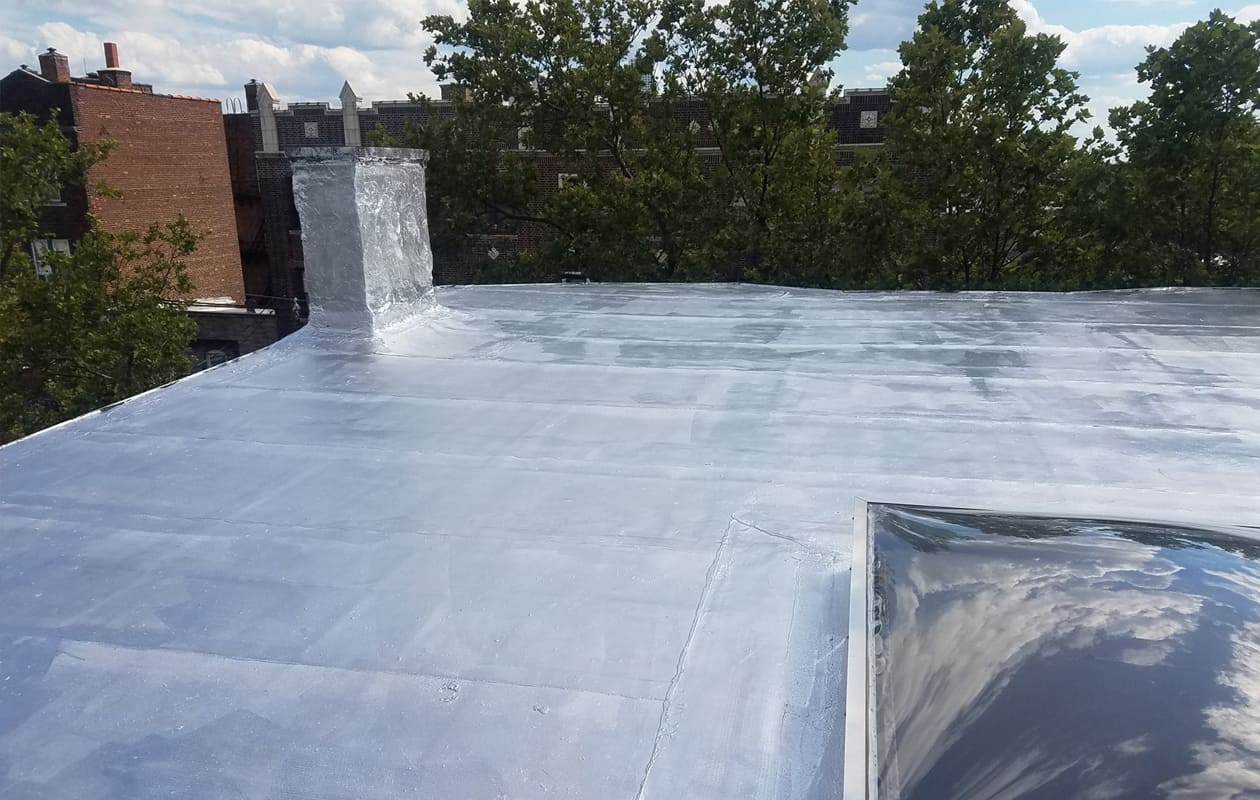Each house owner realizes that the rooftop is one of the important components of their house. This is the initial protection against the elements, so knowing how climatic conditions impacts your roof is vital. From scorching sun to intense rain and snow, different weather conditions can greatly impact the lifespan and state of your roofing system. This guide will assist you understand the complexities of maintaining your roof and new roofing installation, ensuring that you are knowledgeable and set for any weather-related challenges.
As you explore the various factors that impact the performance of roofs, you will discover how to identify the signs that it might be time to get a new roof, what types of roofing work most effectively in various climates, and how to handle typical roofing problems. Whether you are considering a basic repair or a total replacement, understanding the relationship between weather and roofing can empower you to make the optimal decisions for your home and safeguard one of your most significant investments. Let's dive into the crucial aspects every homeowner should be aware of about caring for the roof and maintenance in the face of changing weather conditions.
Comprehending Rooftop Lifespan and Replacement
While evaluating your roof's longevity, it's essential to know the lifespan of multiple materials normally endure. Asphalt shingles can last about twenty to thirty years, while metal roofing selections often experience a lifespan of up to half a century or beyond. Tile roofs are renowned for their durability, frequently lasting over seventy-five years. Understanding these timelines helps homeowners plan for possible renewal and budget accordingly.
Determining when it’s appropriate for a new roof is crucial to staving off further damage. Frequent inspections can reveal conditions such as missing shingles, significant wear, or water damage that indicate the need for replacement. Kearney roof installation should be cognizant of the indications and seek qualified advice before making decisions. By doing so, they can avoid small issues from turning into high-priced repairs.
Substitution requires more than just selecting shingles; it requires meticulous consideration of weather resistance, material types, and installation practices. Whether choosing a roof tear-off or overlay, understanding the best installation techniques is crucial for long-term durability. With careful planning and investigating thoroughly, property owners can guarantee their new roof withstands the elements and delivers peace of mind for the foreseeable future.
Frequent Roofing Issues plus Solutions

Homeowners commonly encounter a range of roofs issues that can impact their roof functionality and lifetime. One of the most common problems is water leakage, usually caused by compromised roof tiles, faulty flashing, or incorrect fitting. To address leaks, it's important to conduct regular inspections to detect problem areas early and perform needed maintenance. Householders should ensure that any broken roof materials are substituted promptly to prevent more water intrusion, which can lead to significant damage inside the house.
Another frequent concern is the growth of moss and fungal growth, which can damage roofs over the years. This often takes place in shaded areas or in weather conditions with increased wetness. Householders can stop this by maintaining proper attic breathability and cutting protruding branches to increase sun access. Additionally, there are certain cleaning products that can be used that can be harmlessly utilized to roof surfaces to remove existing moss and stop future development.
Ultimately, tempest damage is an very common concern that can vary from missing roof tiles to significant framework destruction. After a severe weather event, property owners should conduct a comprehensive check of their roof and look for signs of harm, including dents, fissures, or absent components. If any issues is observed, it's advisable to contact a professional roofing contractor for restoration to ensure the roof structure is returned to its ideal condition and to avoid additional problems down the line.
Weather-Proofing The Roof: Key Tips
When it comes to protecting the roof from the elements, regular maintenance is essential. Start by booking inspections at least twice a year, ideally in the early spring and autumn. These inspections will help identifying minor issues before they grow into significant problems. https://lovely-mint-nrllm6.mystrikingly.com/blog/an-fundamental-handbook-to-choosing-the-correct-roofer to signs like absent shingles, damaged tiles, or leaks, as these indicate that the roof may need fixes. Early identification is crucial to prolonging the life of the roof and avoiding costly replacements.
Selecting the best roofing materials can significantly enhance your roof's durability against the elements. For instance, asphalt shingles are a popular choice due to their affordability and performance, but metal roofing offers superior longevity and resistance to harsh weather. Tile roofing is another excellent option, providing both aesthetic appeal and resilience. When choosing materials, consider your regional climate and the specific weather challenges you face, such as snow, ice, or strong winds.
Another key aspect of weather-proofing your roof is ensuring proper ventilation and insulation in the attic. Adequate ventilation prevents heat accumulation, which can lead to ice dams in winter, while proper insulation helps maintain a consistent temperature, reducing strain on your roof. Additionally, investing in premium underlayment can provide an extra layer of protection, especially in regions susceptible to heavy rain or snowfall. Ultimately, taking these proactive measures will help safeguard the roof against the elements and extend its durability.
